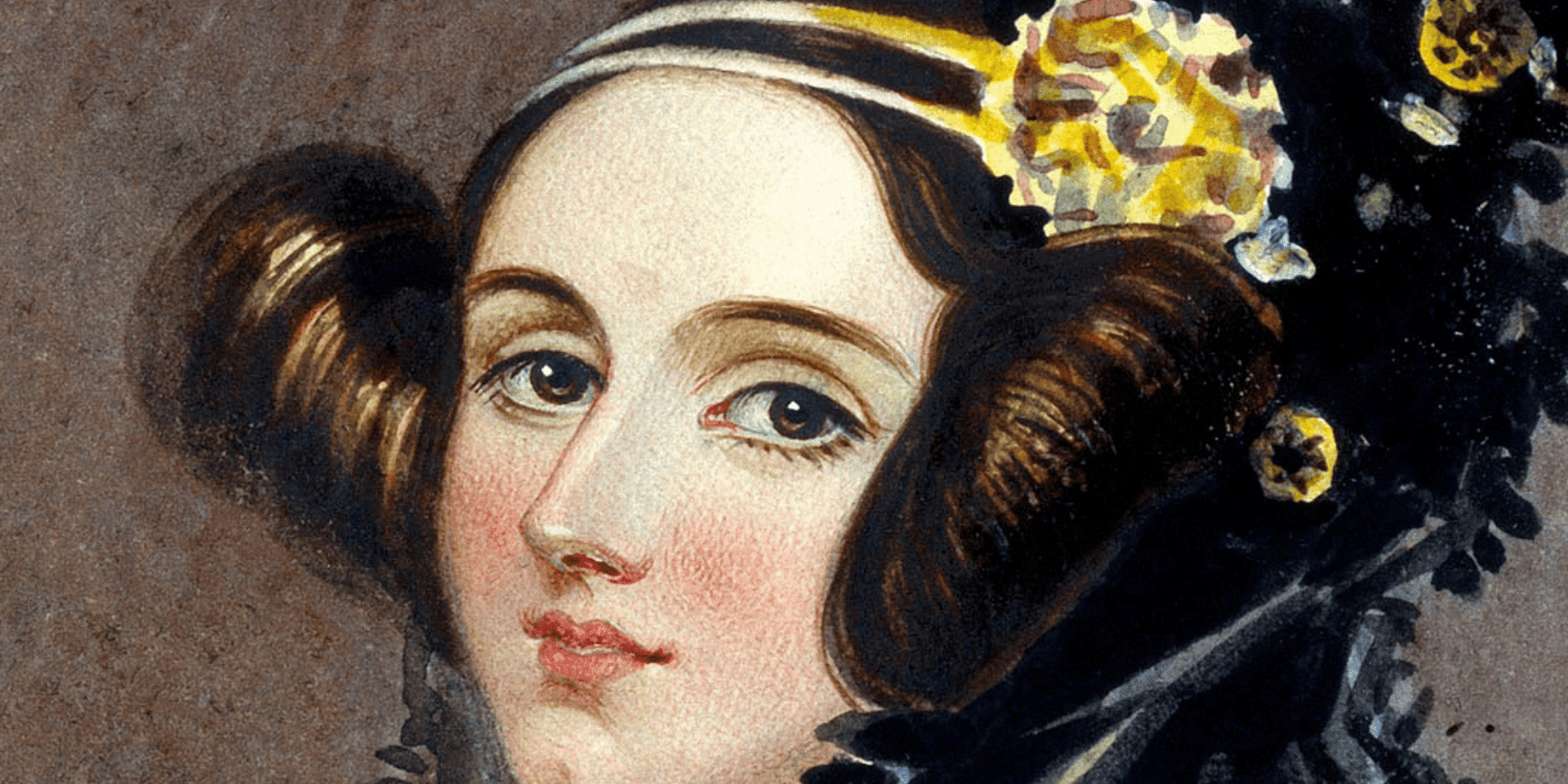Celebrating Ada Lovelace, Countess of Lovelace: The First Computer Programmer and a Pioneer for Women in STEM
Ada Lovelace, born Augusta Ada Byron in 1815, is celebrated as one of the earliest pioneers of computer science. Often recognized for her work with Charles Babbage on the Analytical Engine, Ada’s vision went far beyond her time, laying the foundation for modern computing. As the daughter of the famous poet Lord Byron, Ada inherited an inquisitive mind from her parents, blending creativity with analytical thinking to produce ideas that changed the course of technological history.
Despite the male-dominated fields of science and engineering in the 19th century, Ada Lovelace emerged as a groundbreaking figure, inspiring generations of women to pursue careers in technology and mathematics. Her work continues to resonate today, reminding us that innovation knows no gender boundaries.
The Early Life of Ada Lovelace
Born Augusta Ada Byron on December 10, 1815, Ada Lovelace was the only legitimate child of the famous Romantic poet Lord Byron and his wife, Annabella Milbanke. Annabella, an accomplished mathematician herself, was often referred to as the “Princess of Parallelograms” by Byron, who admired her intellectual rigour. However, Byron and Annabella’s marriage was short-lived, and Byron left England shortly after Ada’s birth, leaving her mother to raise her alone.
Annabella was determined that Ada would not follow in her father’s footsteps, fearing that Byron’s perceived irrationality might affect her daughter. As a result, she ensured that Ada was rigorously educated in mathematics, logic, and science—subjects typically reserved for men at the time. From an early age, Ada demonstrated a keen interest in machinery and scientific discovery, and her early exposure to mathematical thinking would shape her later work.
Ada’s childhood was not without its challenges. She often faced health problems that left her bedridden for extended periods. However, she used this time to immerse herself in studies, developing a deep understanding of mathematics and logic. By the age of 17, Ada’s intellect and analytical skills caught the attention of some of the leading scientists of the day, including Mary Somerville, a prominent Scottish mathematician who would become one of her mentors.
Ada Lovelace and Charles Babbage: A Historic Collaboration
Ada Lovelace’s life took a pivotal turn in 1833 when she was introduced to Charles Babbage, a mathematician and inventor who had designed the Difference Engine, an early mechanical calculator. Babbage was so impressed by Ada’s intellect that he invited her to study his more ambitious project, the Analytical Engine—a general-purpose computing machine that could perform any calculation.
Unlike the Difference Engine, which was limited to basic arithmetic functions, the Analytical Engine was designed to be programmable. It was Ada’s work on this machine that led to her historical significance. In 1843, she translated a French article on the Analytical Engine, written by Italian engineer Luigi Menabrea, and added extensive notes of her own. These notes, which were three times longer than the original text, contained what is now considered the first algorithm intended to be processed by a machine.
In her notes, Ada Lovelace expanded on the potential of Babbage’s machine, proposing that the Analytical Engine could go beyond mere number-crunching to manipulate symbols, letters, and even music. This visionary idea marked the birth of the concept of general-purpose computing. Lovelace also recognized that the machine could follow a sequence of operations (what we now call a program) and predicted that it could be used in creative applications such as composing music or creating art, an idea that was far ahead of its time.
The First Algorithm: Ada’s Contribution to Computer Science
Ada Lovelace’s algorithm, which was designed to calculate Bernoulli numbers, is widely regarded as the first example of a computer program. This makes her not only the first female programmer but the first programmer, period. Her foresight in understanding the potential of the Analytical Engine laid the groundwork for the future of computer science.
What truly set Ada apart from her contemporaries was her recognition that computers could do more than just perform mathematical calculations. She understood that machines could follow instructions to manipulate data, and in doing so, they could potentially solve complex problems. This foresight, often referred to as “Lovelace’s vision,” became a cornerstone of computer science, influencing the development of modern computing concepts like algorithms, programming languages, and artificial intelligence.
Ada Lovelace’s contributions were not widely recognized during her lifetime. The Analytical Engine was never fully built, and her ideas remained theoretical. However, her notes were rediscovered in the 1950s, when computer science began to take off as a discipline. Since then, Ada Lovelace has been rightfully acknowledged as one of the founding figures of computing.
Ada Lovelace: Personal Life and Challenges
Though Ada Lovelace is best known for her intellectual achievements, her personal life was equally intriguing. In 1835, she married William King, later known as the Earl of Lovelace, and they had three children. Balancing her role as a mother and a countess, Ada continued her scientific pursuits, often collaborating with some of the greatest minds of the time, including Michael Faraday and Charles Wheatstone.
However, her life was not without challenges. Ada struggled with various health issues, including chronic pain, which required the use of opiates. Additionally, she faced societal pressures as a woman in a field dominated by men. Despite these obstacles, Ada remained committed to her work until her untimely death at the age of 36 from uterine cancer.
Her legacy, however, endured. In 1980, the U.S. Department of Defense named a newly developed computer programming language “Ada” in her honour, cementing her place in the history of computing.
Ada Lovelace Day: Honouring Women in STEM
In recognition of Ada Lovelace’s contributions, Ada Lovelace Day was established as an international celebration of the achievements of women in STEM (science, technology, engineering, and mathematics). Held annually on the second Tuesday of October, this day seeks to raise awareness of the contributions of women in these fields and inspire the next generation of female scientists, engineers, and mathematicians.
The celebration of Ada Lovelace Day, introduced by Suw Charman-Anderson reminds us that women have always been integral to the advancement of science and technology, even in the face of significant barriers. Ada’s story encourages us to continue advocating for gender diversity in STEM, ensuring that future generations have the opportunity to contribute to these vital fields.
The Enduring Legacy of Ada Lovelace
Ada Lovelace’s work continues to inspire modern thinkers in computer science, mathematics, and engineering. Her contributions have been the subject of numerous books, films, and documentaries, further spreading awareness of her achievements. Today, Ada is seen not only as the first computer programmer but also as a symbol of the potential for women to lead in scientific discovery and innovation.
Her legacy endures through educational programs, scholarships, and initiatives that encourage young women to pursue careers in technology. Ada Lovelace’s story is a testament to the power of curiosity, determination, and the belief that gender should never limit one’s intellectual pursuits.
Conclusion
Ada Lovelace was a visionary who saw the future of computing long before it became a reality. Her legacy as a mathematician, engineer, and the world’s first computer programmer continues to inspire generations of women to pursue careers in STEM. By celebrating Ada Lovelace, we not only honour her contributions but also champion the importance of gender diversity in technology and innovation.
To read more about the history of women in tech in more detail, click here.







